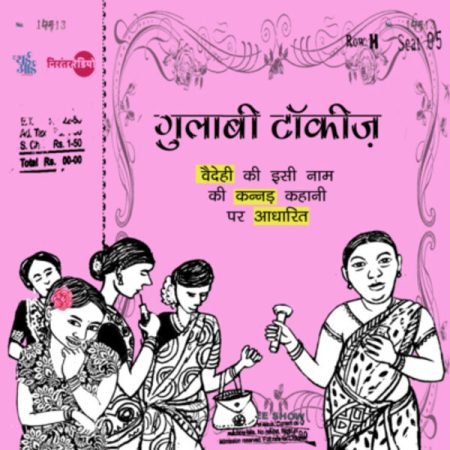A teacher walks the aisle of the classroom with a stick in his hand, waiting to use it on anyone who falters in their dictation test. Bhisham Sahni opens this scene of a classroom in his story ‘Imla’ where the same teacher when positioned outside the classroom changes his walk and talk. How do the structures of power change around the same teacher?
In this episode of Bolti Kahaniyaan, listen to the Hindi story ‘Imla’ by Bhisham Sahni published in the book Bhatakti Rakh by Rajkamal publication. Here, imla meaning dictation takes on different meanings when the teacher Ramdas confronts one of the students’ father who is the village head. Fumbling over words, the teacher wonders what came over him. When did the power change and how? Find out by listening to the story.
This story can be used on the field to further the conversation around power. Some of the directions that the facilitator can take while discussing it can be through these series of questions – Who do we consider powerful? What is relative power? Where do we see structures of power around us? When do we find ourselves practising our power and how?
All the stories of Bolti Kahaniyaan can be used on the field by the facilitators and mentors to start the discussions on gender, sexuality, power, violence and patriarchy. Some of these stories are a part of Nirantar Trust’s publication called Pitara and some of them are from the world of Hindi literature. These stories can be used as a tool to speak of our inner worlds and our own experiences in the macro scheme of things. When we say field, we consider everyone who is a self-directed learner or facilitator to take it to their classrooms, libraries, youth groups, communities, literacy camps etc. The power here lies in the dissemination of these stories as you take them forward, the power is with you!





